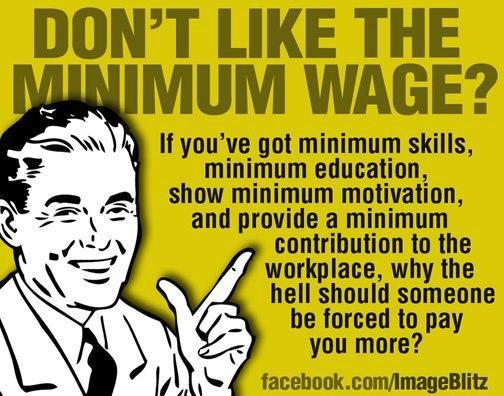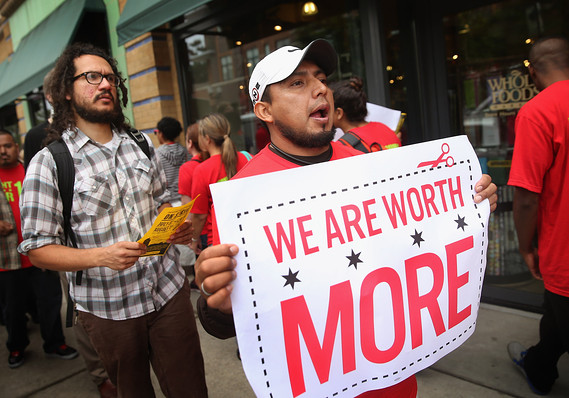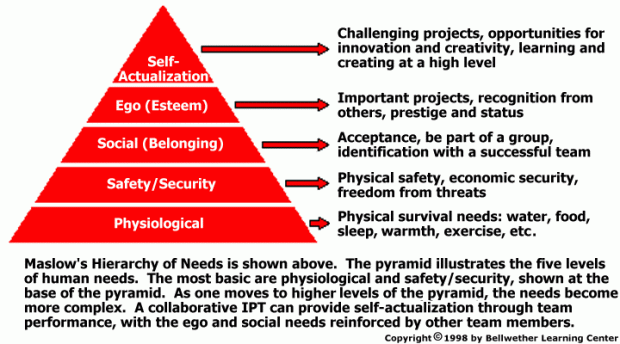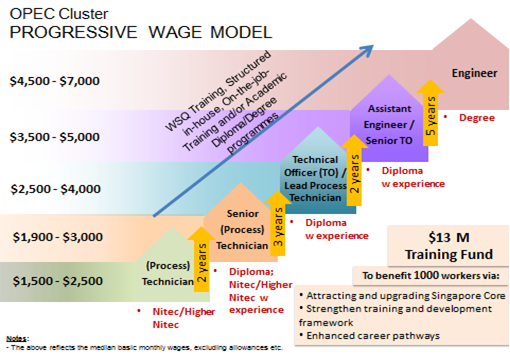Singapore has 150,000 Singaporean and Permanent Resident full time employees who are currently earning below the S$1,000-line in 2012. With ever increasing inflation and standards of living, the income gap for these low-wage workers has substantially lagged behind the rest of the nation’s workforce.
Upon hearing how these low wage workers are struggling to keep afloat, many have been calling for a minimum wage across the country that has roused heated debate whether or not minimum wage really helps the low wage workers.
Let’s explore 5 of these popular myths about minimum wage and understand if minimum wage is really the best option for Singapore.
Myth 1: In countries with minimum wage, all low wage jobs are covered
Fact: Untrue. For example, see here for some jobs in US that don’t qualify.
As we spruce up the wages of our lowest wage workers, what about other workers who fall under the low (not lowest) and middle income category who are also struggling with their finances?
Can poverty (and hence the relevant minimum wage) really be defined by one single point?
Lesson: Every job position should have some form of minimum wage.

Myth 2: Minimum wage pays the worker his worth.
Fact: It depends on what factors the minimum wage is tied to. Here are some factors which other countries implement their wage policy:
– Age
– Industry or sector
– Inflation / Cost of Living
– Productivity
– Skills/Qualifications
– Career responsibilities
Unknown to many, the minimum wage that many countries practice comes with various sets of rules on who gets what based on age, location, type of job and payment arrangements. Except for countries such as Australia & Switzerland where minimum wage is tied fairly with productivity and skills, majority of the minimum wage policies around the world have hardly any explicit link to productivity growth.
When President Obama called to increase the US minimum wage to $9 an hour, many cried out that the amount was significantly lower with the growth in the nation’s productivity (According to a March study by Center for Economic and Policy Research, if the minimum wage kept up with increase in worker productivity, it should have reached $21.72 an hour in 2012. US minimum wage was actually not giving workers their well-deserved wages.
Lesson: A worker should be paid his fair worth in value he contributes, like productivity, skills and job responsibilities, and not his minimum worth.
Myth 3: Minimum wage will help all low wage workers.
Fact: Minimum wage may hurt workers who are worth more than the minimum wage (see Point 2 above), and may cause workers who are deemed less worthy to lose their jobs.
For the latter, typically these workers would be young workers (who have too little experience and skills to be worth the minimum wage) and marginal workers who, for whatever reason, are unable to produce enough to retain their rice bowls.
If the minimum wage hurts the least employable by making them unemployable (in effect pricing them out of the market), these group of low wage workers will find it even harder to gain work experience and skills to climb the wage ladder.
Check out this video below:
Lesson: To help low wage workers, simply having a minimum wage without good access to upskilling, training and climbing up the career ladder will limit their social mobility.
Myth 4: Minimum wage provides sufficient job satisfaction for low wage worker.
Fact: Job satisfaction motivators are more than just about pay.
Just like middle employees to upper management, low wage workers also value other factors such as:
– training/upskilling opportunities
– planned career path
– clear KPIs and incentives
– job safety and productive environment
– appreciative bosses/co-workers and team spirit
Lesson: Low wage workers deserve more than just better wages, they deserve better jobs too.
Myth 5: Minimum wage is the only type of wage model that can help workers
Fact: There is too much fixation on a ‘minimum’ wage and not enough emphasis on the progression thereafter.
A blanket, inflexible minimum wage based on arbitrary factors cannot achieve its goal of raising the real income of the poor to a more livable level. It is an extremely shortsighted policy that can only breed destruction, by eliminating the jobs of those who need work most: the poor, the young, and those suffering from other forms of discrimination.
Instead we should be working out a progressive wage model which projects how far a worker can climb up the career and wage ladder, and give him the tools and training to lift himself up.
Lesson: Give a man a fish and you feed him for a day. Teach a man to fish and you feed him for a lifetime.
To round things up
We hope that with these popular myths effectively debunked, it is clearly to see why a standard minimum wage despite its sexy appeal is not a quick fix wonder for the plight of our low wage workers.
Getting more and more corporations to implement the Progressive Wage Model (where all workers can enjoy career progression and income growth supported by productivity) is the better remedy.











